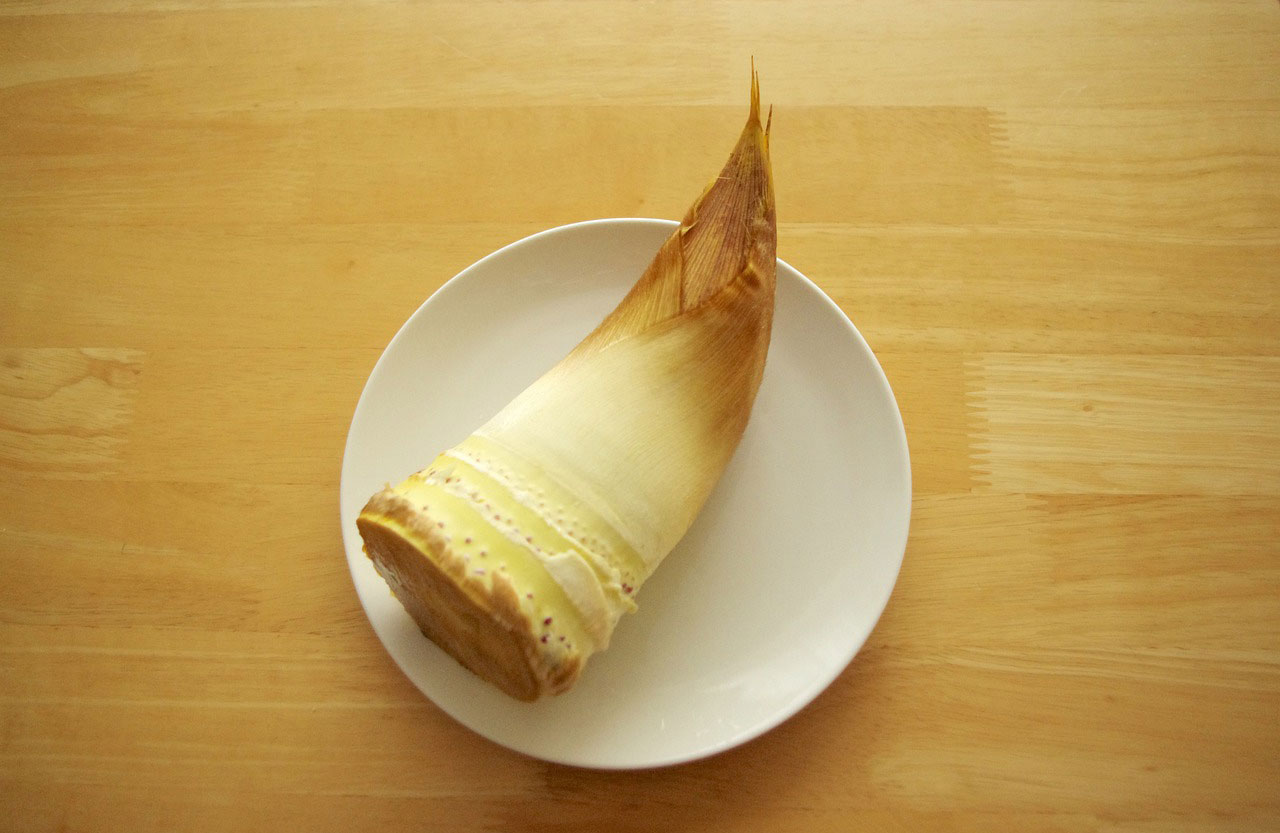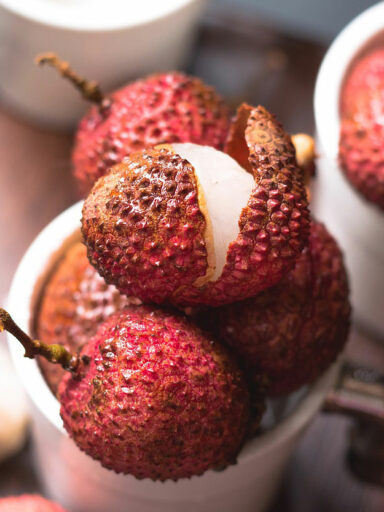The bamboo shoot also known as the bamboo sprout is the edible shoots of many bamboo species common in many Asian dishes and broths. This is particularly in China, Taiwan, Japan, and other South-East Asian countries.
Common names for these bamboo shoot tips are zhú sǔn jiān or sǔn jiān in Chinese, and may just be referred to as just sǔn. In Korea, it is known as juk sun or the native daenamu ssak.
In Vietnamese, it is called măng while in Japanese it takes no ko. In Bangladesh, it is called Bajchur where it is their traditional food. In Myanmar, it is called Myit and in Cambodia, it is called Tumpeang.
The bamboo shoot can be found sold in stores in various processed shapes. They can be purchased in fresh, dried, and canned versions. Raw bamboo shoot contains cyanogenic glycosides which are natural toxins. The same is found in cassava.
These toxins must be destroyed by thorough cooking through or canning before using in any other way.
The bamboo plant is a member of the grass family which sprouts about 3 to 4 years after planting. The new shoots are the ones harvested for culinary uses as a vegetable.
The bamboo shoot appears as a cone wrapped in several layers of leaves encasing an inner white center. This center part is what is preferred.
In stores, you can get bamboo shoots all through the year imported from places like China and Taiwan. If purchased fresh then the shoot should be firm.
The dry or soft shoot is not considered freshly harvested and therefore should be avoided. Also, avoid those with greenish tints which is a sign of overexposure to the sun. These do not contain a delicate flavor.
Bamboo should be kept in a refrigerator once at home in a zip lock bag or wrapped in a paper towel. They should be stored for a day or two at most before use.
Preparing Bamboo Shoot for Eating
The raw bamboo shoot bought in stores should be peeled by cutting lengthwise and then peeling the tough outer layers starting from the base. The base should also be cut off. You can then slice, dice, cube, or cut the white flesh depending on the recipe requirements. The cut pieces should be placed in a bowl of cold water to prevent them from turning brown.
You should then blanch the shoots in boiling water to detoxify them. This can be done by boiling in salt water for about 20 – 25 minutes. The water should then be drained and the process repeated with fresh water for a further 5 to 10 minutes.
From here you can further sauté or stir-fry the bamboo shoot. You can also pickle it before using it in curry dishes. It can be used as an ingredient in salad and vegetable dishes. It can also be part of bean and lentil dishes as well as meat, poultry, and fish dishes.
It is a big part of the soup, stir-fry, rice, and noodle dishes in Southeast Asia and it pairs well with ginger spice and sesame seeds.
Nutritional Benefits
Bamboo shoot contains 27 calories per 100 grams and contains no cholesterol and trace amounts of fat. It has moderate amounts of carbohydrates and proteins as well as being a good source of dietary fiber.
They are a good source of vitamins and minerals. They contain excellent amounts of b-complex vitamins, especially pyridoxine and thiamin. They are also a good source of riboflavin, niacin, and pantothenic acid as well as folates.
These shoots are an excellent source of potassium, copper, zinc, manganese, phosphorus, and iron.




